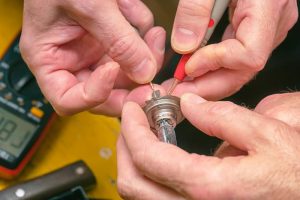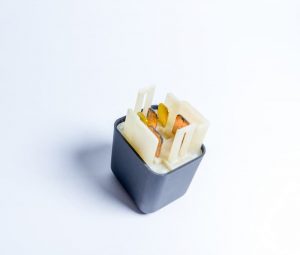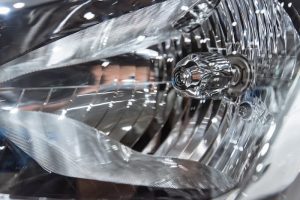As far as designs and car decoration goes, tinting your headlights might not seem like a bad idea till you find it difficult to see the road at night due to low light emission from your car headlights. If this is one of the different reasons you would want to remove your car headlight tint, professionals advise that you do it in a shop to prevent damage to your headlights. You will learn everything you have to know about headlight tint removal from this article, and you will be able to select the best alternatives for your car.
Why get a headlight tint removal
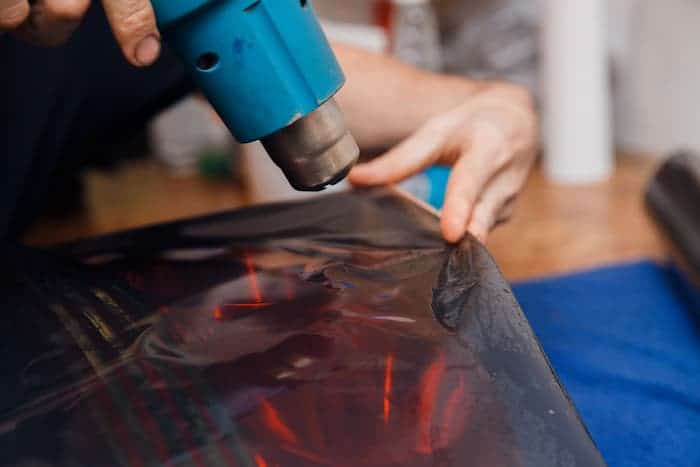
The headlight tint must be reinstalled once the warranty term expires (or if the car was used in adverse weather conditions). You might also want to take it off if you acquired the car in another state and your state’s tinting rules are different. Or maybe you don’t like the tint and want to change it. To safeguard your headlights from damage, it is highly suggested that you have the tint removed by a professional.
A headlight tint is a protective thin film made of ceramic or other materials applied over the headlights. Also, if the fog lights are tinted with a yellow coating, it can improve visibility. Headlight tinting is not to be confused with “smoking,” which is the process of painting or spraying a headlight to alter its color and appearance.
Pros of a professional headlight tint removal
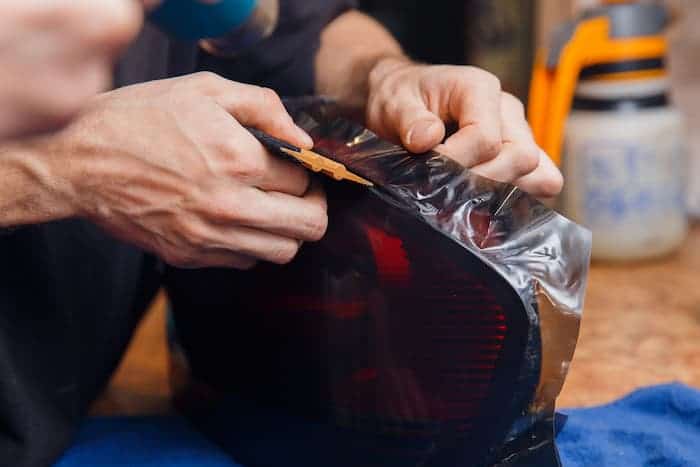
- The technique is simple and affordable, and it will safeguard your headlights from damage (such as cracks and shattering).
- Preparation of your headlights for installing a new tint will protect them from scratches, cracks, road debris, and UV rays.
- It will save you time: the entire process will take around 20 minutes.
Can tint film be removed from headlights
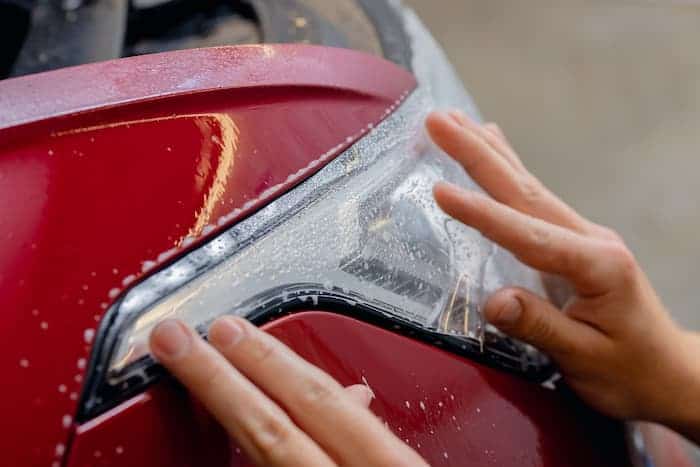
Yes, the tint can be removed, whether you wish to change it with a new one with a different color or you’ve noticed it’s too old and needs to be replaced. Usually, all you need is a heat gun, but glue residue can be left behind in some cases, requiring the use of special solutions like a headlight restoration wipe to remove it.
DIY: Headlight tint removal
Things you need include:
- A bottle of oops (6.99)
- Sandpaper (1000k, 1500k, 2000k, and 3000k) (5.49)
- Microfiber towels
- Wax
- Automotive tape
- Water
You have to do this in a ventilated area.
- Open the hood and mask off surrounding areas, so you don’t accidentally knick the paint with the sandpaper.
- The best way to work is in sections. Spray some oops on a little area, let it sit for about 5-10 seconds, and begin rubbing off.
- With the microfiber towel, rub the sprayed area (don’t let the spray sit for too long, just enough to let it soak)
- Please be aware not to have any dripping down on your paint. It would be best to have an extra towel to catch anything from dripping and cardboard to block any overspray from hitting anything else on the car.
- Start sanding, starting with the 800 grit sandpaper. Sand for about 20 minutes until everywhere is evenly sanded.
- Dry with a towel to see areas you should go over and then the next size. Repeat until you are at 3000k grit.
- Please be aware that when you sand off the layer of the headlight, you are removing a UV protective layer. The best method is to use a coat of automotive clear over the headlight (but would require removing the headlight).


